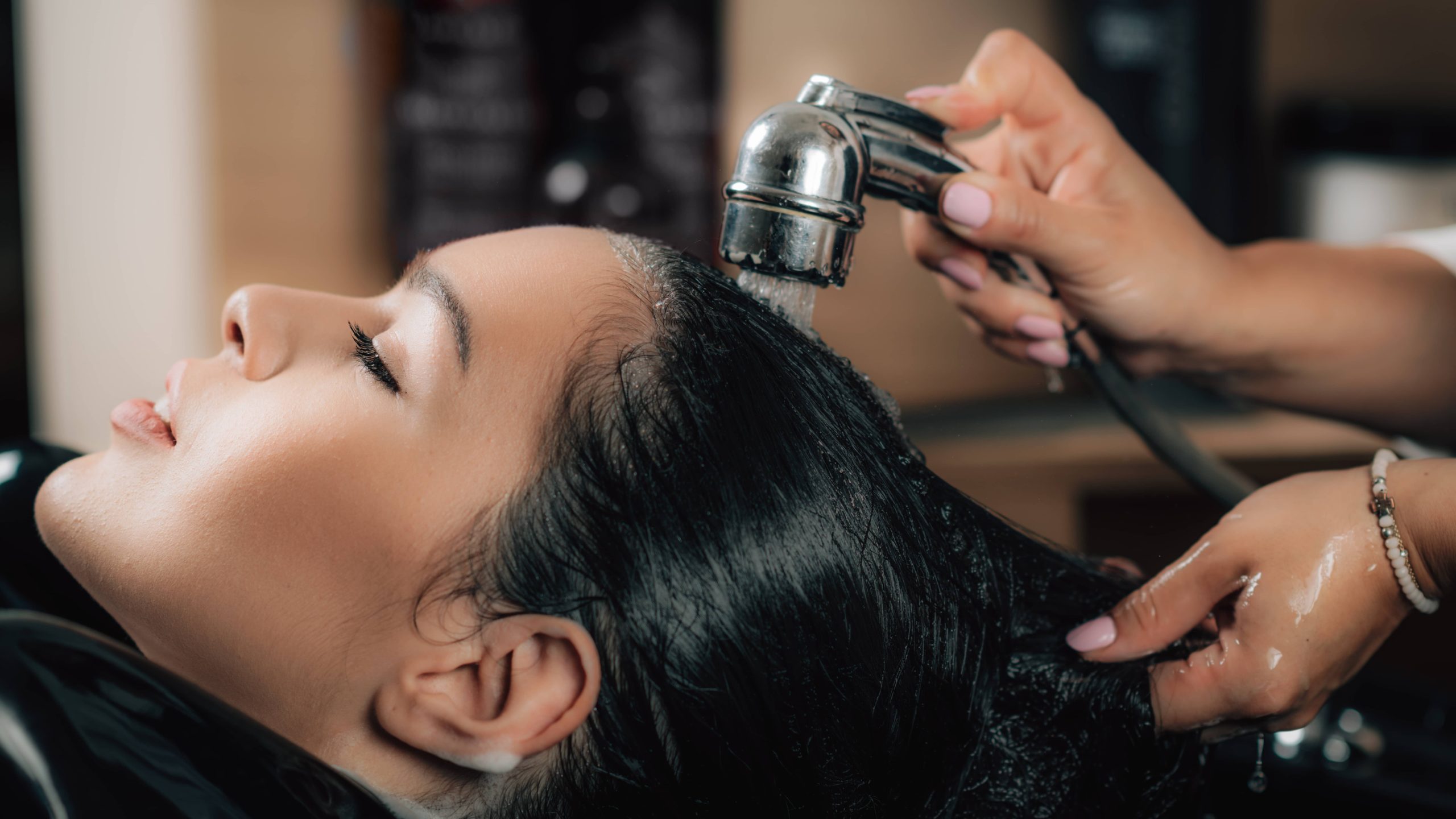
Transitioning your hair from color-treated to its natural state can be an emotional and rewarding journey. Like any significant transformation, it requires patience, the right information, and a dash of courage. Embracing your natural hair not only enhances your unique beauty but also frees you from the confines of chemical treatments. If you’re ready to embark on this journey, here’s a comprehensive guide to help you transition smoothly.
Understanding the Transition
The transition from color-treated to natural hair involves growing out your natural hair color while gradually trimming the color-treated portions. The process may take several months to over a year, depending on your hair length and growth rate. It’s important to remember that every journey is unique. The key is to embrace the process and not rush to the finish line.
Preparing Yourself Mentally
Transitioning is not just a physical change; it’s also a mental journey. It’s normal to have mixed feelings – excitement, apprehension, and even impatience. Prepare yourself mentally for this transformation by accepting the change and reminding yourself why you decided to go natural. Whether it’s to embrace your authentic self, improve hair health, or reduce exposure to chemicals, keep your reasons front and center.
Assessing Your Hair’s Current Health
Before jumping into the transition, analyze your hair’s condition. Is it damaged, brittle, or overly dry? Knowing your starting point will help you tailor a haircare routine specific to your needs. If your hair is damaged, consider getting a trim or deep conditioning treatment to start the journey with a healthier base. A visit to a trusted hairstylist for an initial consultation can also be beneficial.
Finding the Right Products
Transitioning is the perfect time to reevaluate the hair products you use. Opt for shampoos and conditioners that are sulfate-free, as sulfates can strip natural oils from your hair, making it dry and prone to breakage. Consider products that are specifically formulated for chemically-treated or transitioning hair. Investing in quality hair masks, oils, and leave-in conditioners can make a significant difference in maintaining moisture and promoting hair health.
Implementing a Moisture-Rich Routine
Natural hair textures can vary widely, but maintaining moisture is universally essential. Here are some techniques to keep your transitioning hair hydrated:
1. Deep Conditioning: Regular deep conditioning treatments will help restore moisture and strengthen your hair. Aim for at least once a week.
2. Moisturizing and Sealing: Apply a leave-in conditioner to damp hair, followed by a natural oil (such as coconut, argan, or jojoba oil) to lock in moisture.
3. Limit Heat Styling: Minimize the use of heat styling tools like straighteners and blow dryers. If heat is necessary, always use a heat protectant.
4. Protective Styling: Opt for styles that require minimal manipulation, such as braids, bun styles, or twist-outs. These styles protect your hair from breakage and stress.
Cutting Out Color Gradually
As your natural hair grows, you’ll need to slowly trim away the color-treated ends. This gradual approach can make the transition less jarring and allow you to retain your hair length as much as possible. Plan a trim every 6-8 weeks to maintain healthy ends and facilitate the process.
Mastering the Art of Blending
Blending two different hair tones and textures can be challenging, but it’s not impossible. Here are some tips to harmonize your transitioning hair:
1. Texturize with Braid-outs or Twist-outs: These styles create a uniform curl pattern from root to tip, reducing the stark contrast between natural and treated hair.
2. Accessorize: Hair accessories like headbands, scarves, and clips can be helpful in disguising the line of demarcation where your natural and color-treated hair meet.
3. Opt for Temporary Coloring Solutions: If the color difference is too noticeable, temporary hair color sprays or powders can blur the lines and ease the transition phase.
Cultivating Patience
Patience truly is a virtue when transitioning to natural hair. The process can test your resolve, especially if results seem slow. Remember, hair typically grows about half an inch per month, so it will take time to see significant changes. Celebrate small milestones and practice self-love and acceptance throughout the journey.
Building a Support System
Don’t underestimate the power of community during your transition. Connect with others who are also transitioning through social media, hair forums, or local groups. Sharing your experiences, tips, and progress can offer motivation and camaraderie. It also provides a great opportunity to glean advice and inspiration from those who have successfully transitioned.
Embracing Your Natural Beauty
The decision to go back to your natural hair is a beautiful commitment to self-acceptance and self-care. Embrace and celebrate the uniqueness of your natural locks. Take the time to understand your hair’s needs and preferences, and learn to love each texture, curl, or wave that reveals itself along the way.
Transitioning your hair from color-treated to natural is both a personal and liberating journey. It offers you the chance to connect with your roots, literally and metaphorically. With the right mindset, products, and support, you’ll find the journey rewarding and empowering, reclaiming not just your natural hair but an authentic part of yourself.



